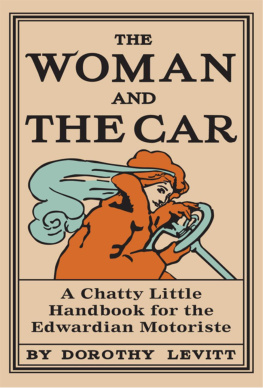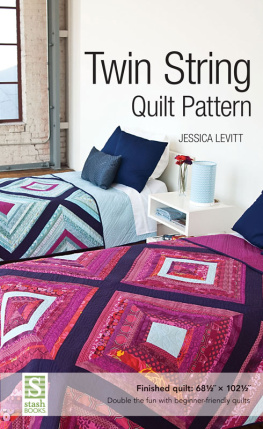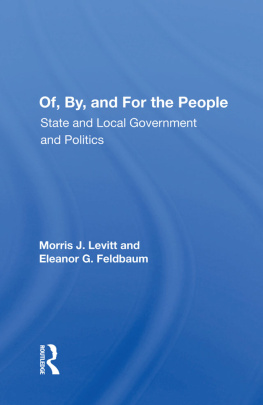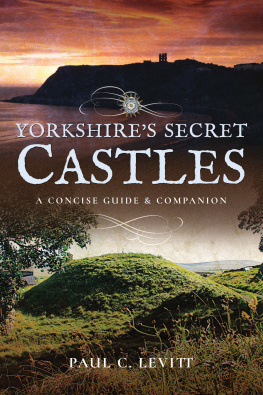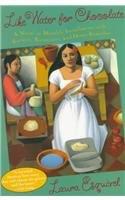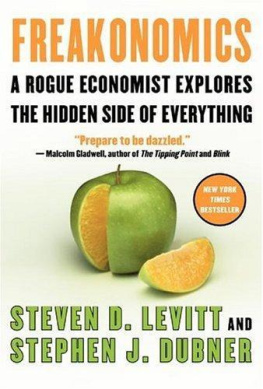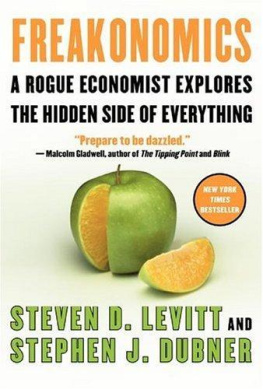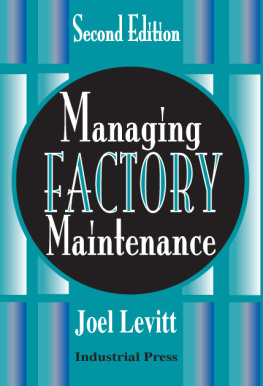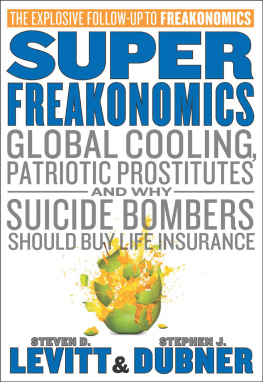
The Objects That Remain
Samantha Baskind, General Editor
Editorial Board
Judith Baskin, University of Oregon
David Biale, University of California, Davis
Katrin Kogman-Appel, Ben-Gurion University of the Negev
Laura Levitt, Temple University
Ilan Stavans, Amherst College
David Stern, Harvard University
Volumes in the Dimyonot series explore the intersections, and interstices, of Jewish experience and culture. These projects emerge from many disciplinesincluding art, history, language, literature, music, religion, philosophy, and cultural studiesand diverse chronological and geographical locations. Each volume, however, interrogates the multiple and evolving representations of Judaism and Jewishness, by both Jews and non-Jews, over time and place.
Other titles in the series:
David Stern, Christoph Markschies, and Sarit Shalev-Eyni, eds., The Monks Haggadah: A Fifteenth-Century Illuminated Codex from the Monastery of Tegernsee, with a prologue by Friar Erhard von Pappenheim
Ranen Omer-Sherman, Imagining the Kibbutz: Visions of Utopia in Literature and Film
Jordan D. Finkin, An Inch or Two of Time: Time and Space in Jewish Modernisms
Ilan Stavans and Marcelo Brodsky, Once@9:53am: Terror in Buenos Aires
Ben Schachter, Image, Action, and Idea in Contemporary Jewish Art
Heinrich Heine, Hebrew Melodies, trans. Stephen Mitchell and Jack Prelutsky, illus. Mark Podwal
Irene Eber, Jews in China: Cultural Conversations, Changing Perspectives
Jonathan K. Crane, ed., Judaism, Race, and Ethics: Conversations and Questions
Yael Halevi-Wise, The Multilayered Imagination of A. B. Yehoshua
David S. Herrstrom and Andrew D. Scrimgeour, The Prophetic Quest: The Windows of Jacob Landau, Reform Congregation Keneseth Israel, Elkins Park, Pennsylvania
The Objects That Remain
Laura Levitt
The Pennsylvania State University Press
University Park, Pennsylvania
Sections of this book were previously published as Revisiting the Property Room: A Humanist Perspective on Doing Justice and Telling Stories, Conversations: An Online Journal of the Center for the Study of Material and Visual Cultures of Religion (2015); Miki Kratsman, Diptych from The Resolution of the Suspect, MAVCOR Journal 2, no. 1 (2018); Evidence: Doing Justice, Bulletin for the Study of Religion 41 (November 2012): 3744; and Ritual and Rites in Holocaust Commemoration: A Silence in the Archive, Bulletin for the Study of Religion, February 12, 2016.
The views or opinions expressed in this book, and the context in which the images are used, do not necessarily reflect the views or policy of, nor imply approval or endorsement by, the United States Holocaust Memorial Museum.
Library of Congress Cataloging-in-Publication Data
Names: Levitt, Laura, 1960 author.
Title: The objects that remain / Laura Levitt.
Other titles: Dimyonot (University Park, Pa.)
Description: University Park, Pennsylvania : The Pennsylvania State University Press, [2020] | Series: Dimyonot: Jews and the cultural imagination | Includes bibliographical references and index.
Summary: A personal memoir and examination of the ways in which the material remains of violent crimes, from rape to genocide, inform our experience of, and thinking about, trauma and lossProvided by publisher.
Identifiers: LCCN 2020029004 | ISBN 9780271087825 (cloth)
Subjects: LCSH: Levitt, Laura, 1960 | Violent crimesPsychological aspects. | Personal belongingsPsychological aspects. | Psychic trauma. | Loss (Psychology)
Classification: LCC HV6493.L48 2020 | DDC 362.8801/9dc23
LC record available at https://lccn.loc.gov/2020029004
Copyright 2020 Laura Levitt
All rights reserved
Printed in the United States of America
Published by The Pennsylvania State University Press,
University Park, PA 168021003
The Pennsylvania State University Press is a member of the Association of University Presses.
It is the policy of The Pennsylvania State University Press to use acid-free paper. Publications on uncoated stock satisfy the minimum requirements of American National Standard for Information SciencesPermanence of Paper for Printed Library Material, ANSI Z 39.481992.
In honor of my mother, Phyllis Levitt, and all those who hold her memory and carry her legacy forward.
A sudden death is one waya terrible way, I supposeof freezing the details of a life. While writing Jane I became amazed by the way one act of violence had transformed an array of everyday itemsa raincoat, a pair of pantyhose, a paperback book, a wool jumperinto numbered pieces of evidence, into talismans that threatened at every turn to take on allegorical proportions.
Maggie Nelson, The Red Parts, 120
CONTENTS
Part 1:
Sacred Texts: The Red Parts
Part 2:
The Arts and Rites of Holding
First and foremost, I thank my friends who brought me to this project and to Maggie Nelson, Christina Crosby, and Janet Jakobsen. I thank Maggie Nelson for her inspiring work. I am also indebted to the many artists and scholars whose works continue to deepen and sharpen my thinking, most especially Edmund de Waal, Svetlana Boym, Larry Sultan, and Mike Mandel, Kelly Sultan, Robert Jan van Pelt, and Miriam Greenbaum, Aliza Svartz, Jonathan Safran Foer, Dubravka Ugrei, Daniel Burns, James Young, Oren Stier, Jennifer Scheper Hughes, Kathleen Biddick, Ariella Azoulay, Miki Kratsman, Leora Auslander, Liliane Weissberg, Jennifer Hansen-Glucklich, Oren Stier, Maurizia Boscagli, Deborah Lipstadt, Irena Klepfisz, Tania Oldenhage, Joan Scott, Boena Shallcross, Jeffery Shandler, Peter Stallybrass, Sally Promey, Alexander Nagel, and Israel Jacob Yuval.
For their extraordinary editorial support, I want to thank profoundly my editor at Penn State University Press, Patrick Alexander, and my series editor, Samantha Baskind, for believing in this project and working so closely with me as I completed the final iteration of this book. I am grateful to Alex Vose and the whole production team at the Press for all of their work on this book.
I am indebted to many dear friends, family members, and colleagues, but most especially to the following gifted readers, editors, and profound supporters for their critical engagement: Ruth Ost, Dawn Skorczewski, Irving Levitt (who listened to so many iterations of various pieces of this project over a very long time!), David Harrington Watt, Miriam Peskowitz, Susan E. Shapiro, and Deborah Luepnitz. I thank Cecelia Cancellaro for helping me find my voice at a critical moment. And I honor the memory of Deborah Lamb, who taught me to believe in myself early on. I carry her memory with me in all that I do.
I have special gratitude for the folks who do the work of holding, many of whom took me into their worlds and taught me so much. These folks include Jane Klinger, Krista Hegburg, and Travis Roxlau at the USHMM, Joseph Latta at the IAPE, and Elizabeth Peirce at the Philadelphia Museum of Art.





